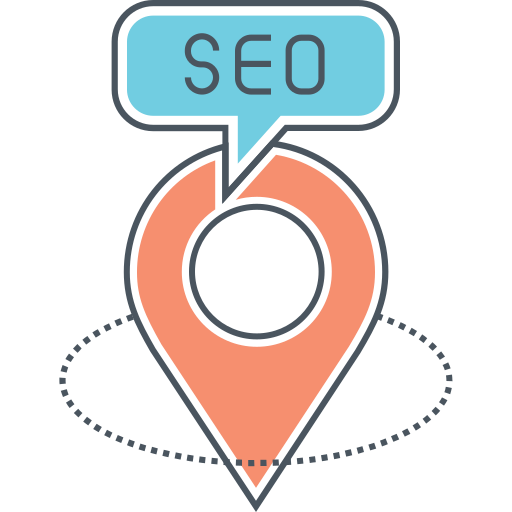6 Examples of FAQ Pages and How to Write a Great One
When it comes to running a successful website, having a well-designed FAQ page can make all the difference. Not only does it provide valuable information to your visitors, but it can also help improve your site’s search engine optimization (SEO) by targeting common questions and keywords. In this article, we’ll take a look at six examples of great FAQ pages and provide tips on how to create your own.
1. Apple
Apple’s FAQ page is a great example of how to organize information in a clear and concise manner. The page is divided into categories, making it easy for users to find the information they’re looking for quickly. Each question is accompanied by a brief answer, with the option to click for more details if needed. This format not only makes the page easy to navigate but also helps keep the content organized and user-friendly.
2. Amazon
Amazon’s FAQ page is another excellent example of how to provide comprehensive information to users. The page is divided into sections such as Orders, Shipping, and Returns, making it easy for customers to find answers to their specific questions. In addition to text-based answers, Amazon also includes helpful videos and images to further clarify information. This multimedia approach can be especially useful for visual learners or those who prefer a more interactive experience.
3. Airbnb
Airbnb’s FAQ page stands out for its conversational tone and user-friendly design. The page is organized by topic, with each question presented in a friendly and approachable manner. Airbnb also includes links to related articles and resources, making it easy for users to find additional information if needed. By using language that is easy to understand and relatable, Airbnb’s FAQ page helps build trust with users and encourages them to explore further.
4. Spotify
Spotify’s FAQ page is a great example of how to incorporate branding into your content. The page features Spotify’s signature green color scheme and playful illustrations, giving the page a cohesive and visually appealing look. Each question is answered concisely, with the option to expand for more details if necessary. By incorporating branding elements into their FAQ page, Spotify creates a cohesive user experience that reinforces their brand identity.
5. Google
Google’s FAQ page is a masterclass in simplicity and efficiency. The page features a search bar at the top, allowing users to quickly find answers to their specific questions. The page is divided into categories such as Account, Search, and Maps, making it easy for users to navigate to the information they need. Google also includes links to related resources and support options, ensuring that users have access to all the information they need in one convenient location.
6. HubSpot
HubSpot’s FAQ page is a great example of how to use FAQs to drive traffic and generate leads. In addition to answering common questions about their products and services, HubSpot also includes links to related blog posts and resources. By providing valuable information and resources on their FAQ page, HubSpot not only helps users find answers to their questions but also encourages them to explore more of their content. This can help drive traffic to their site and generate leads for their business.
How to Write a Great FAQ Page
Now that we’ve seen some examples of great FAQ pages, let’s take a look at how you can create your own:
1. Organize Information
Divide your FAQ page into categories or topics to make it easy for users to find the information they’re looking for.
2. Use Clear and Concise Language
Answer questions in a straightforward manner, using language that is easy to understand and free of jargon.
3. Include Multimedia
Consider incorporating videos, images, or infographics to help clarify information and provide a more engaging user experience.
4. Incorporate Branding
Use colors, fonts, and design elements that align with your brand identity to create a cohesive user experience.
5. Provide Links to Additional Resources
Include links to related articles, blog posts, or support options to help users find more information if needed.
6. Update Regularly
Keep your FAQ page up-to-date with the latest information and frequently asked questions to ensure that users have access to accurate and relevant information.
By following these tips and taking inspiration from the examples above, you can create a great FAQ page that provides valuable information to your users and helps improve your site’s SEO. A well-designed FAQ page can not only answer common questions but also help build trust with users and drive traffic to your site.

![25 Best AI Social Media Tools to Try in 2024 [Tested Manually]](https://static.semrush.com/blog/uploads/media/d3/fa/d3fa26ef671a81b194bb3a41e73beee4/2c7e96d0d6ae1b7d2f993bdabf9b179b/25-best-ai-social-media-tools-to-try-in-2024.svg)

![The 10 Best AI Writing Tools to Try in 2024 [Tested Manually]](https://static.semrush.com/blog/uploads/media/3a/5e/3a5e0f6ec47a1d4e3495cf6c7a6194d5/8aee055881d17f9c5a0e1ed29dc749fb/the-10-best-ai-writing-tools-to-try-in-2024.svg)
.svg)
